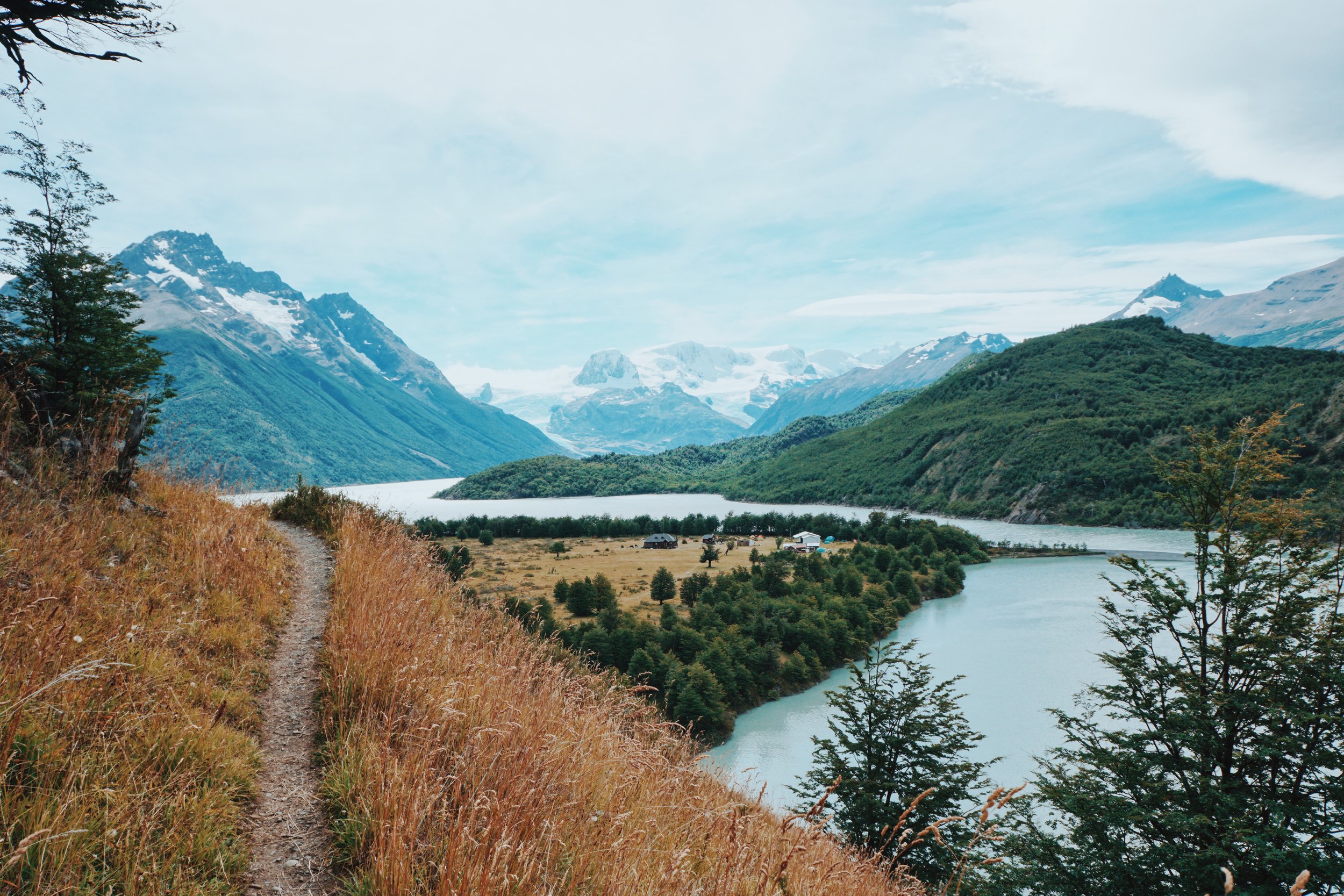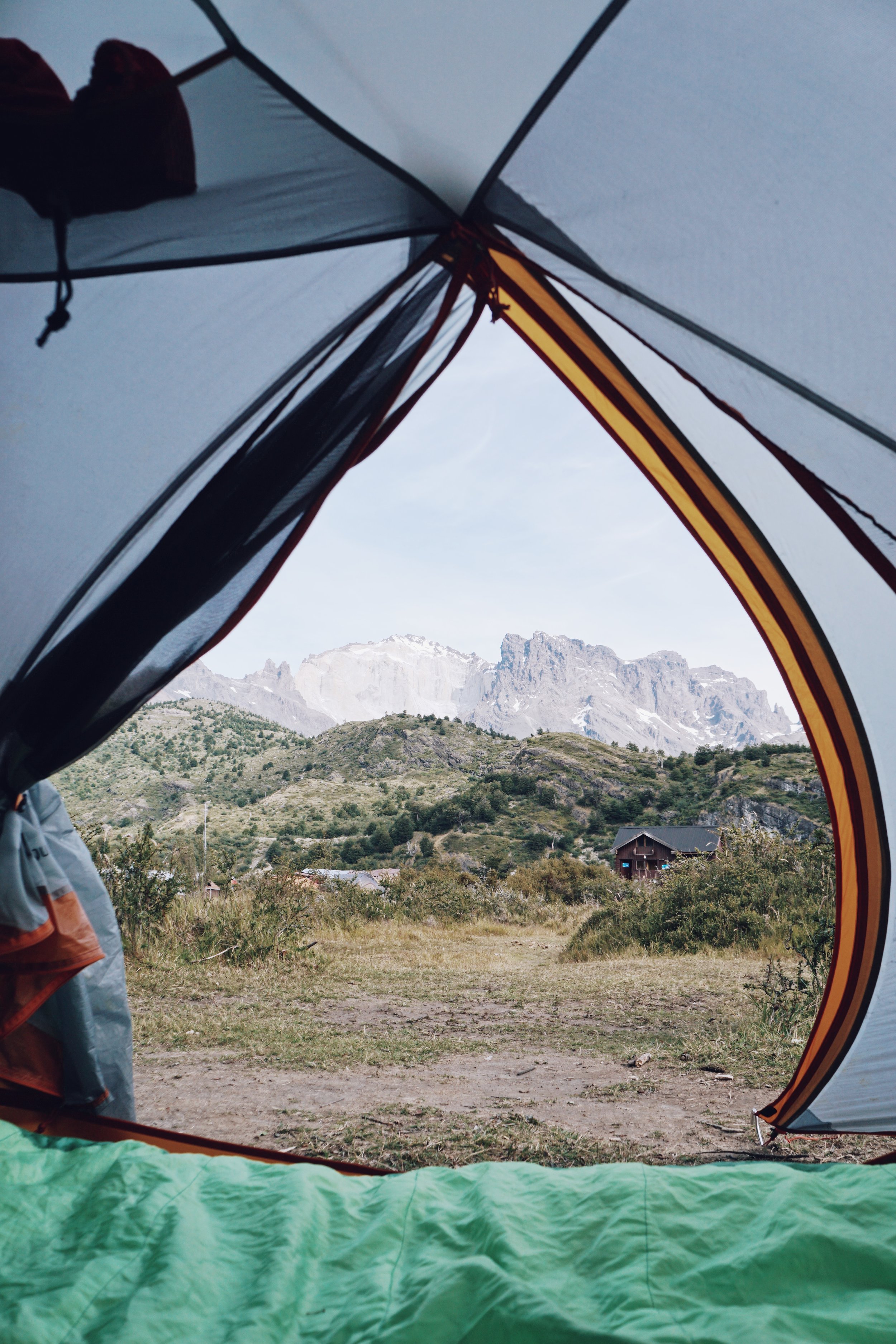Torres del Paine O-Circuit: Campsites, Route, and Planning
This is part of a three entry series, click here to see the entire collection on Torres Del Paine
Right at the bottom of South America lies Chile’s highly polished national park gem: Torres del Paine. Planning a trip there can be confusing, and there are many options for how you experience the park, which I’ve discussed in my post comparing the various different treks and associated costs.
We opted for the most intense experience: the O-circuit. Making this eight-day trek a reality can be a nightmare when it comes to planning and booking campsites, so I have put together a day-by-day guide to help diffuse the confusion.
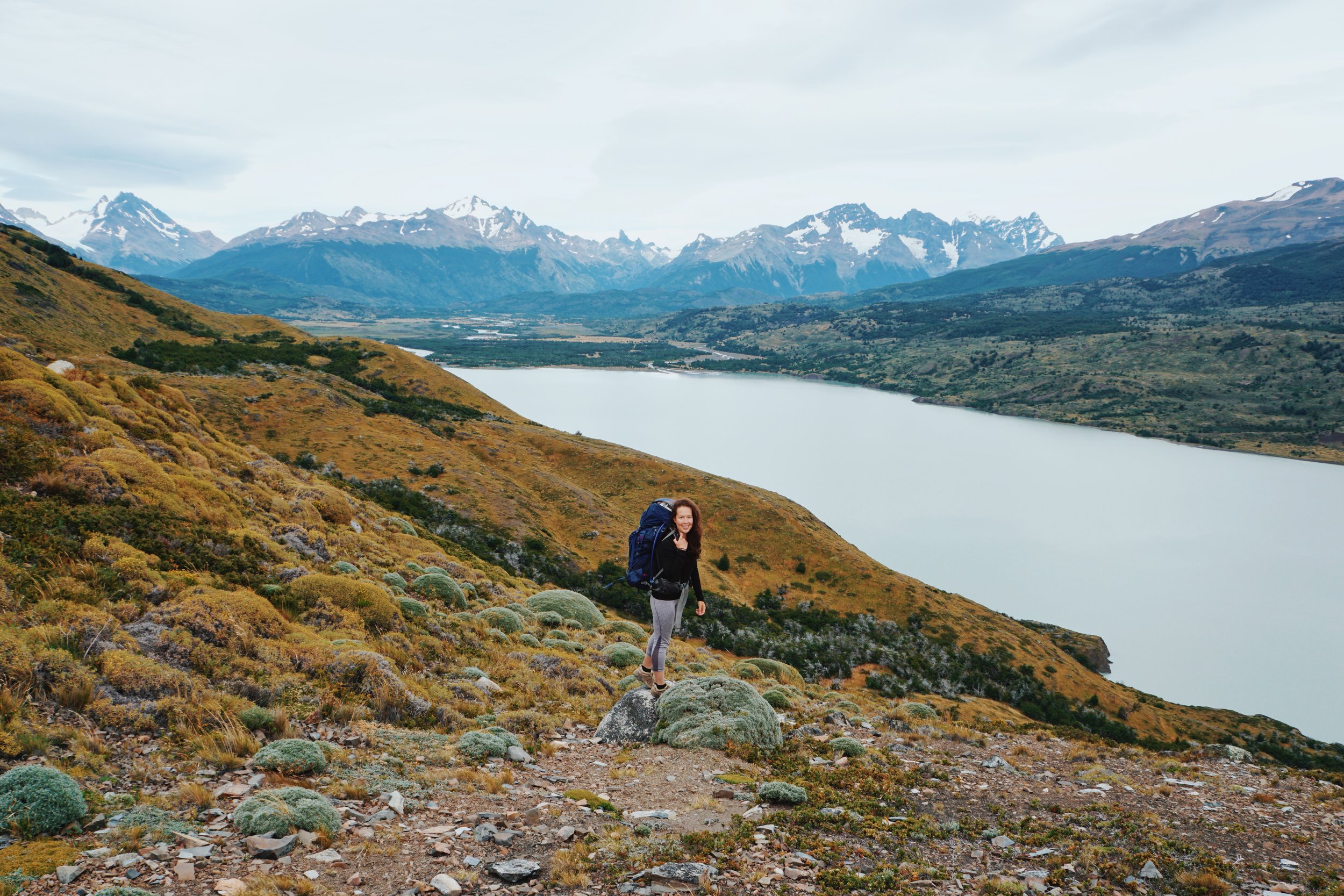
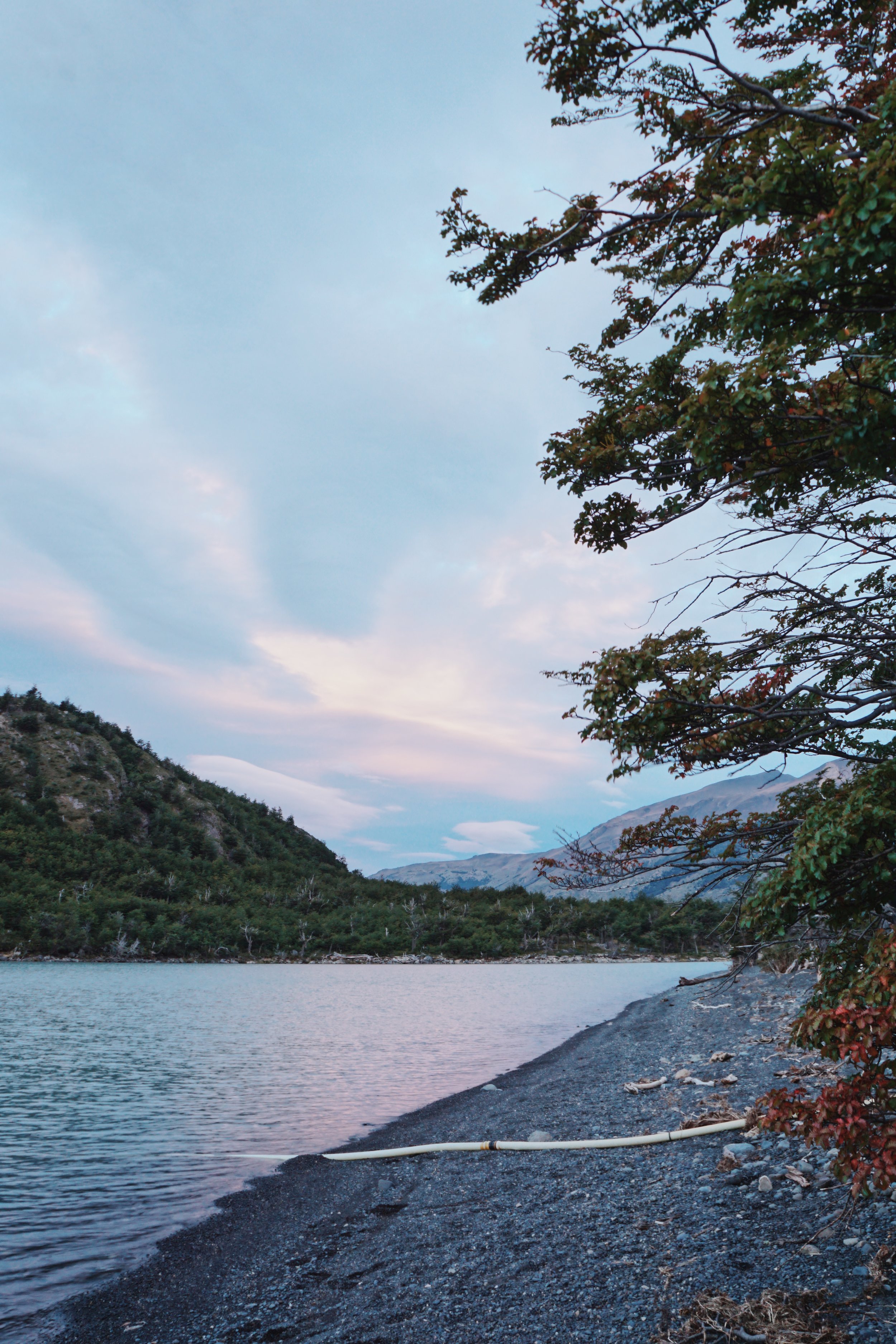
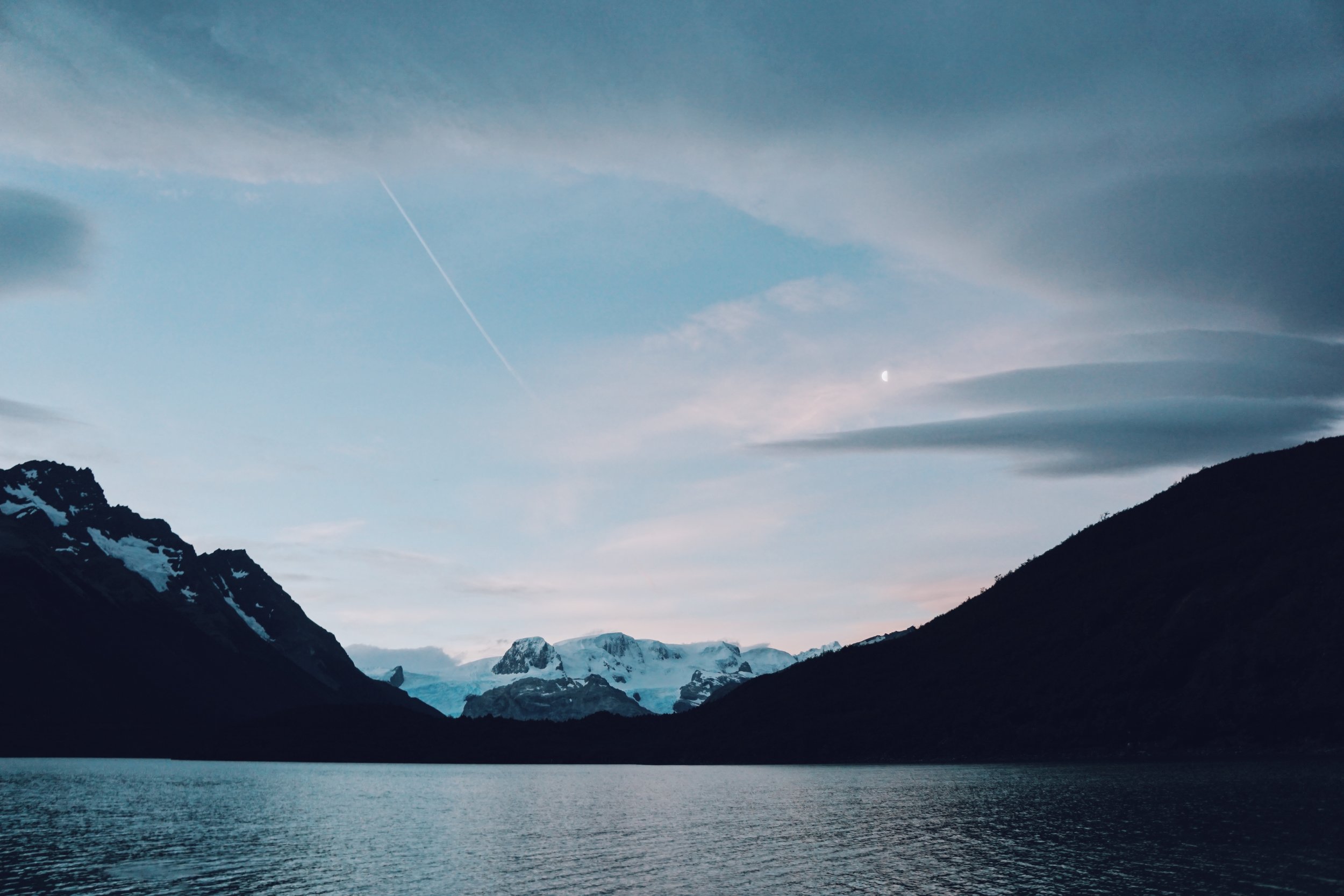
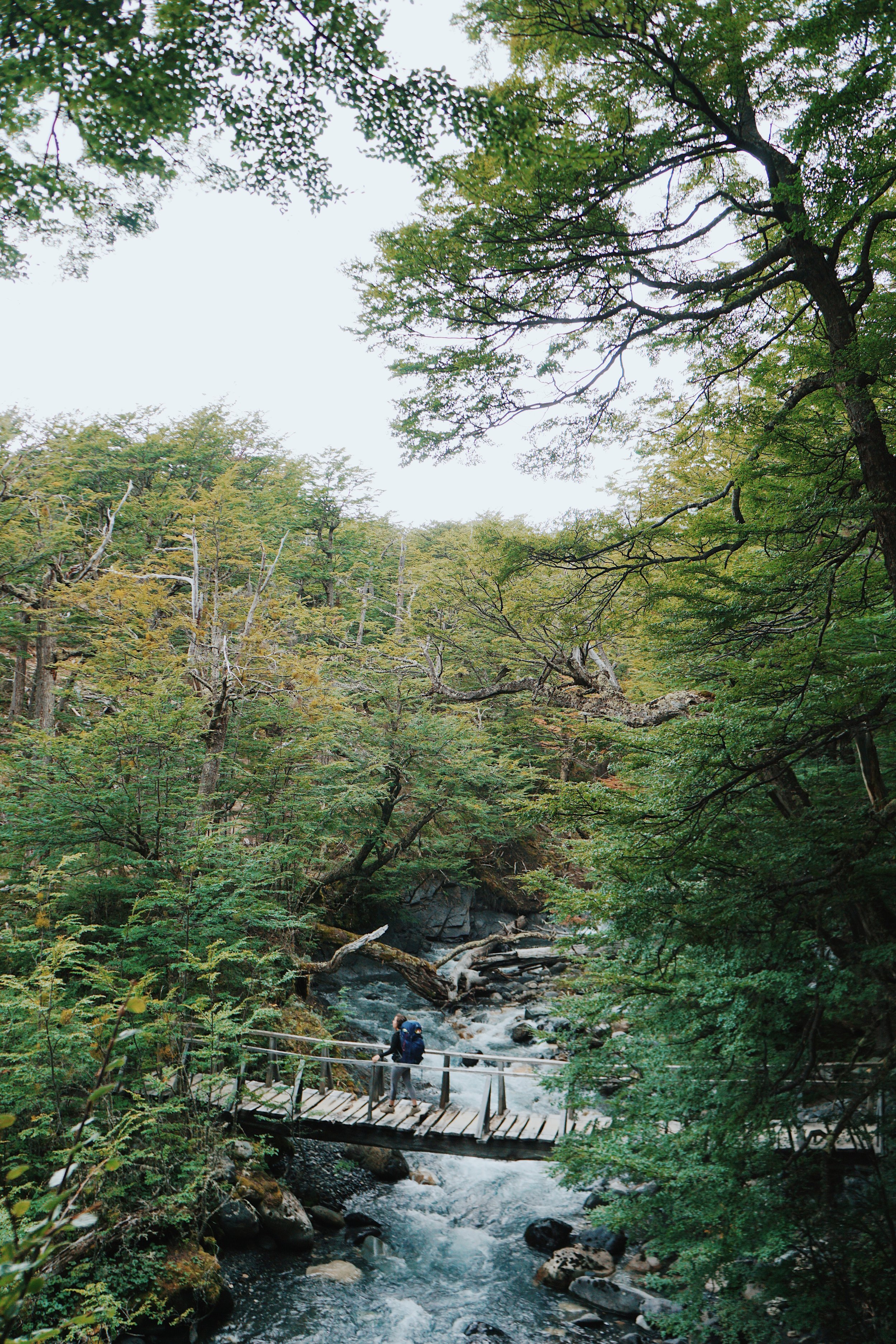
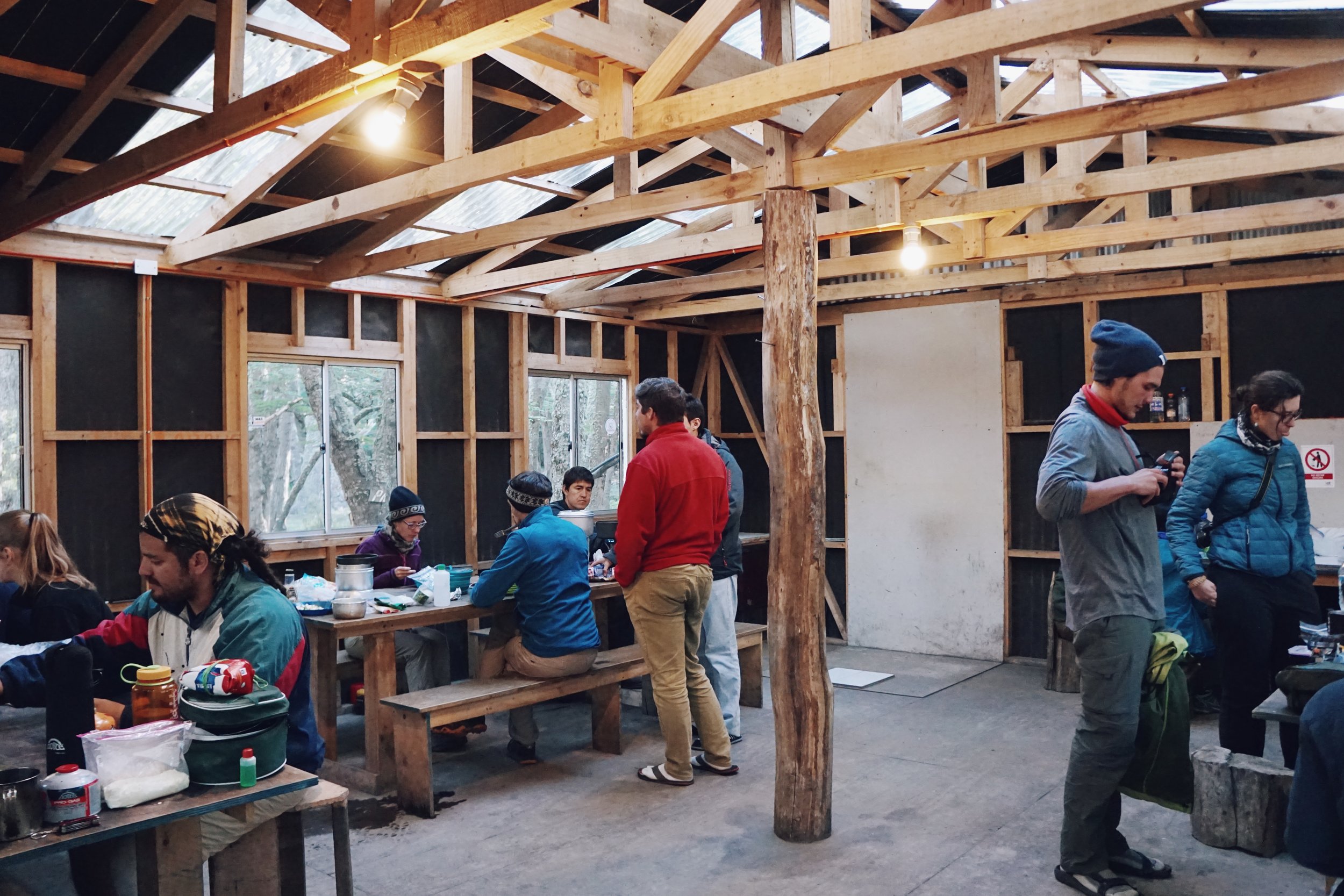
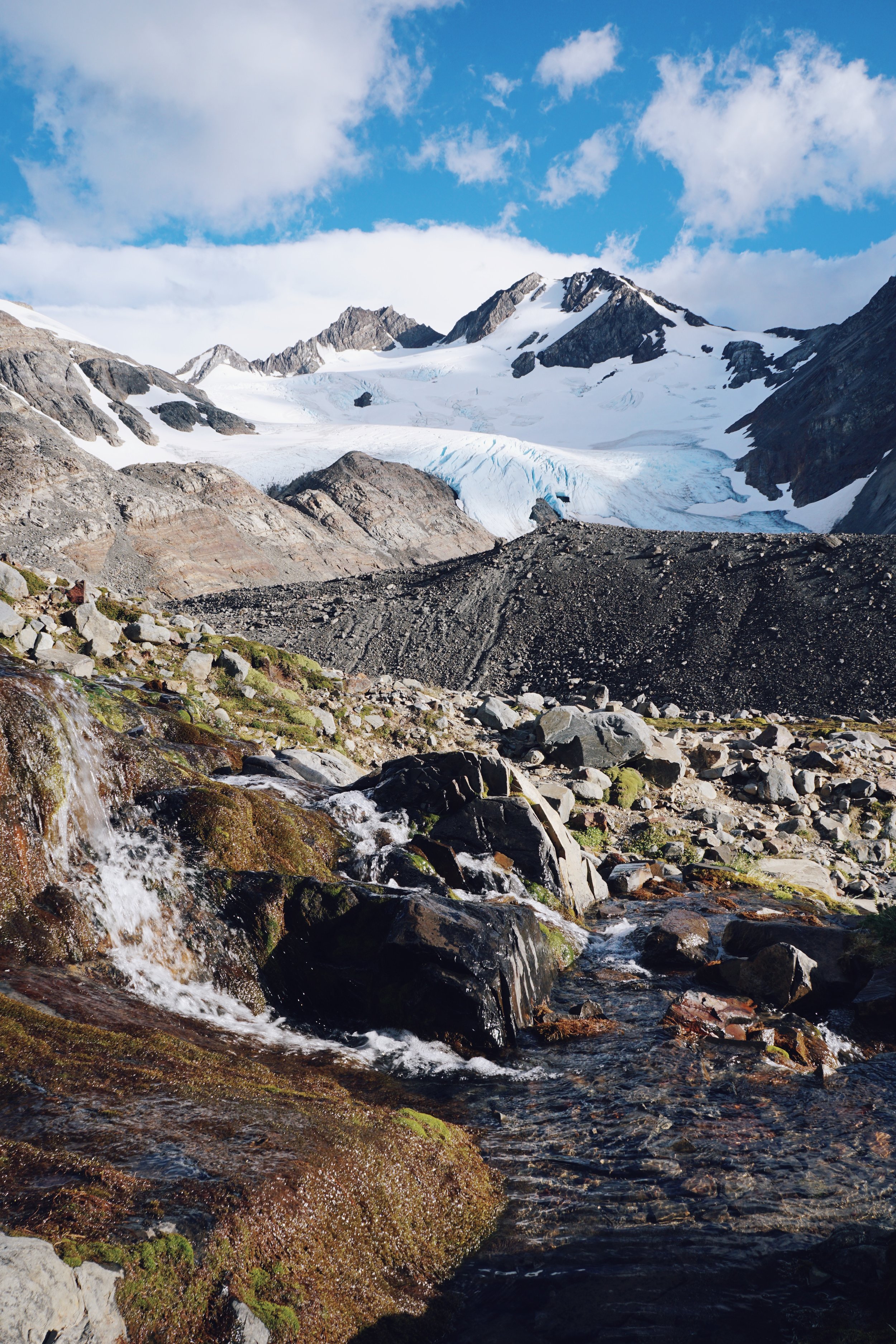
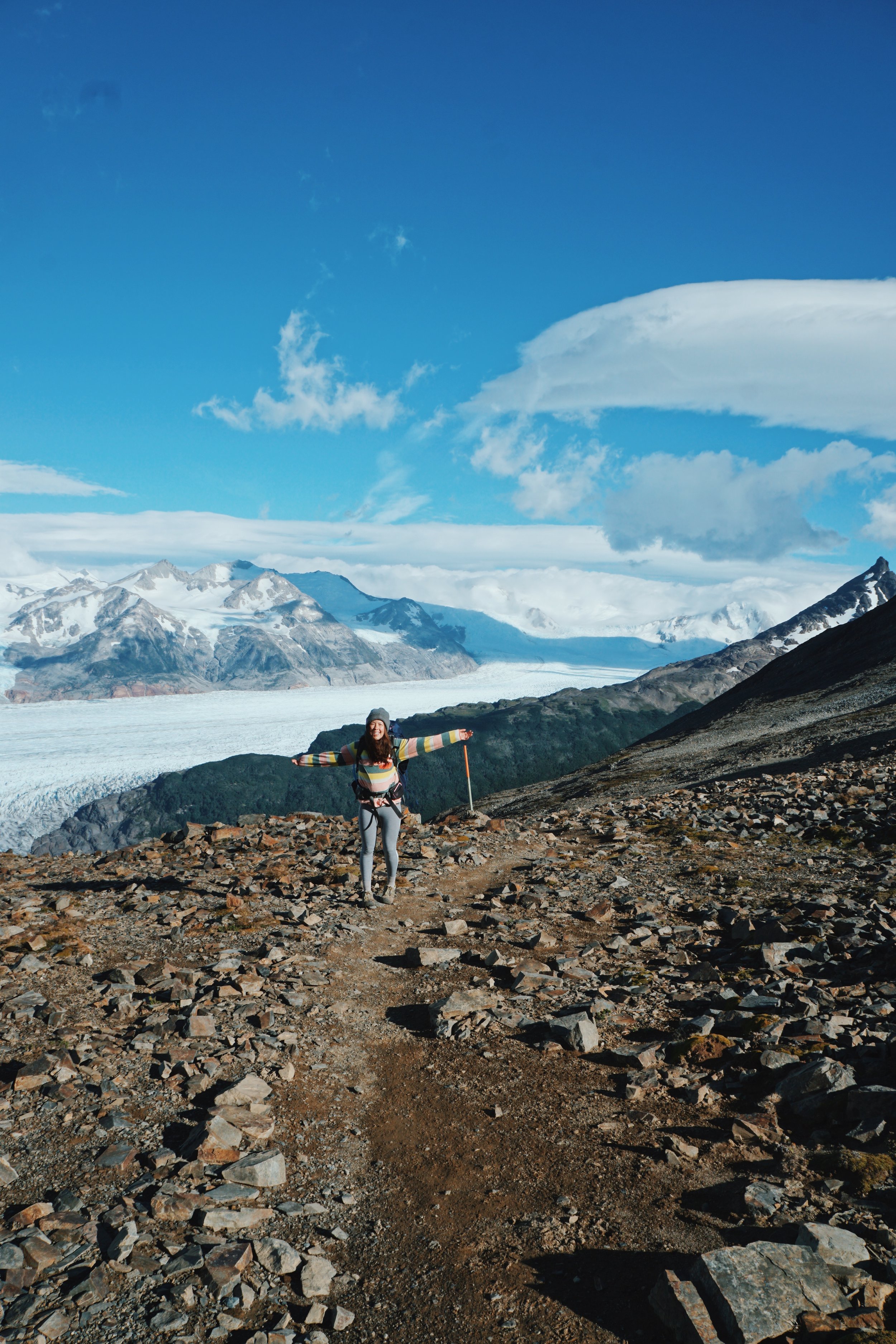
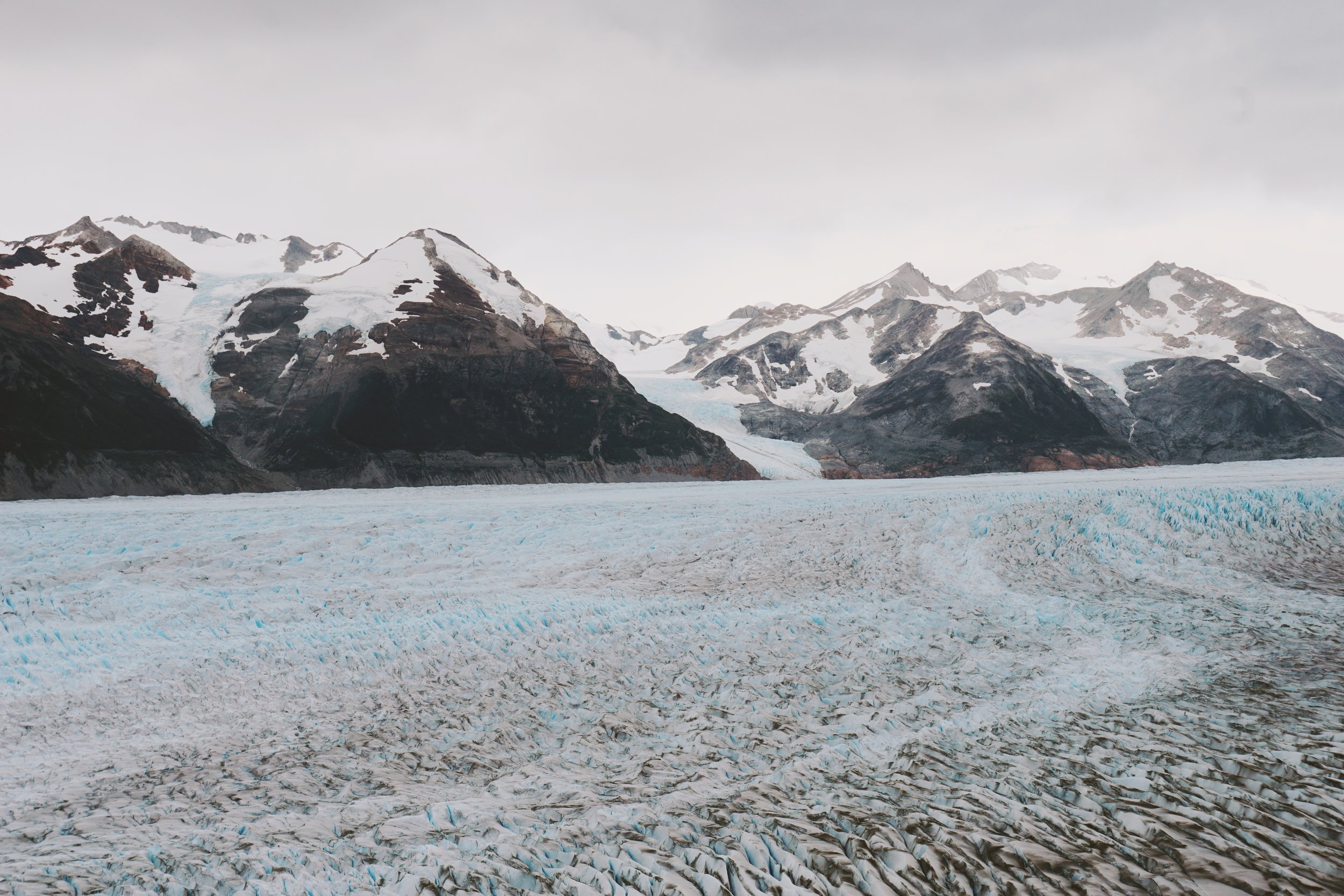
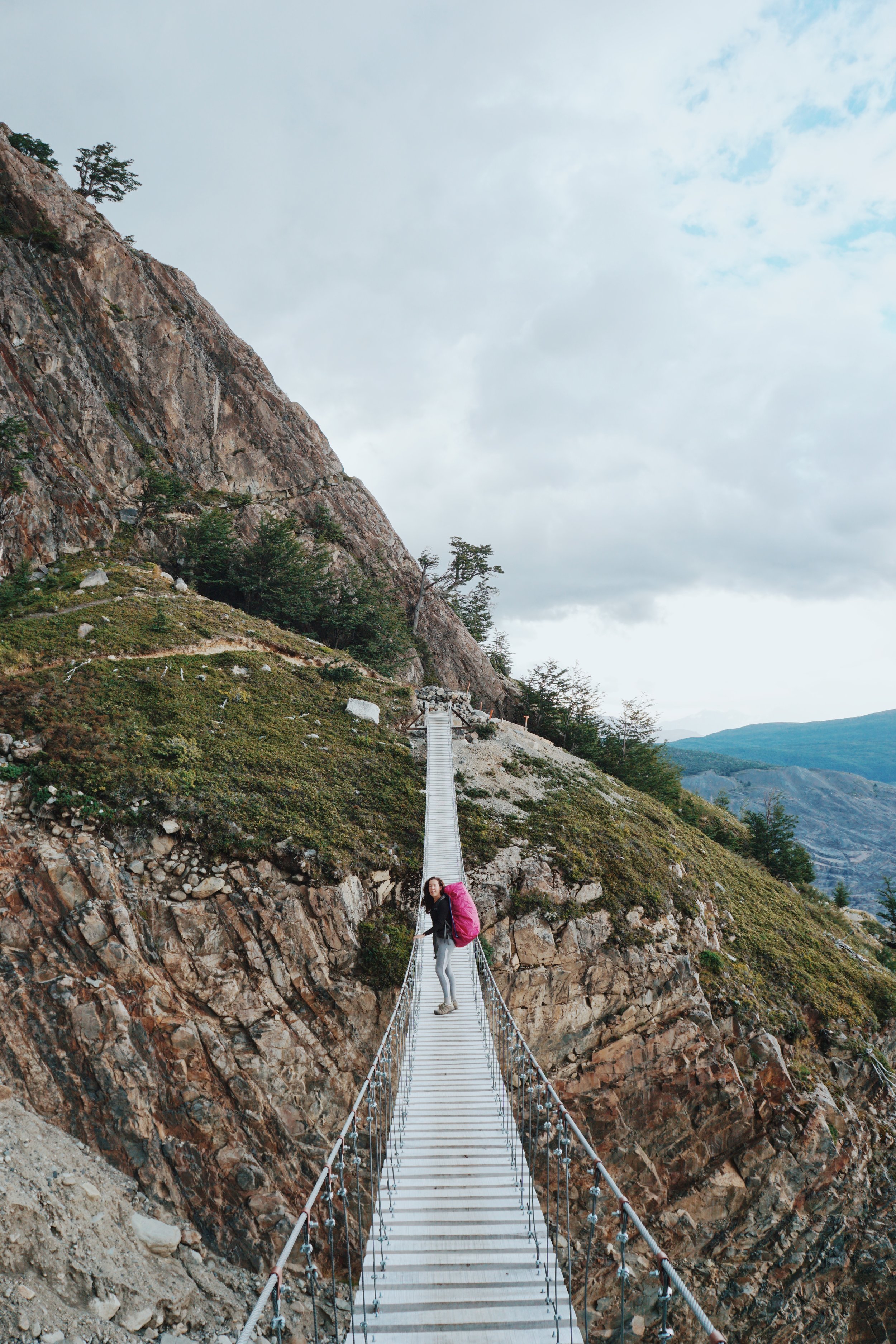

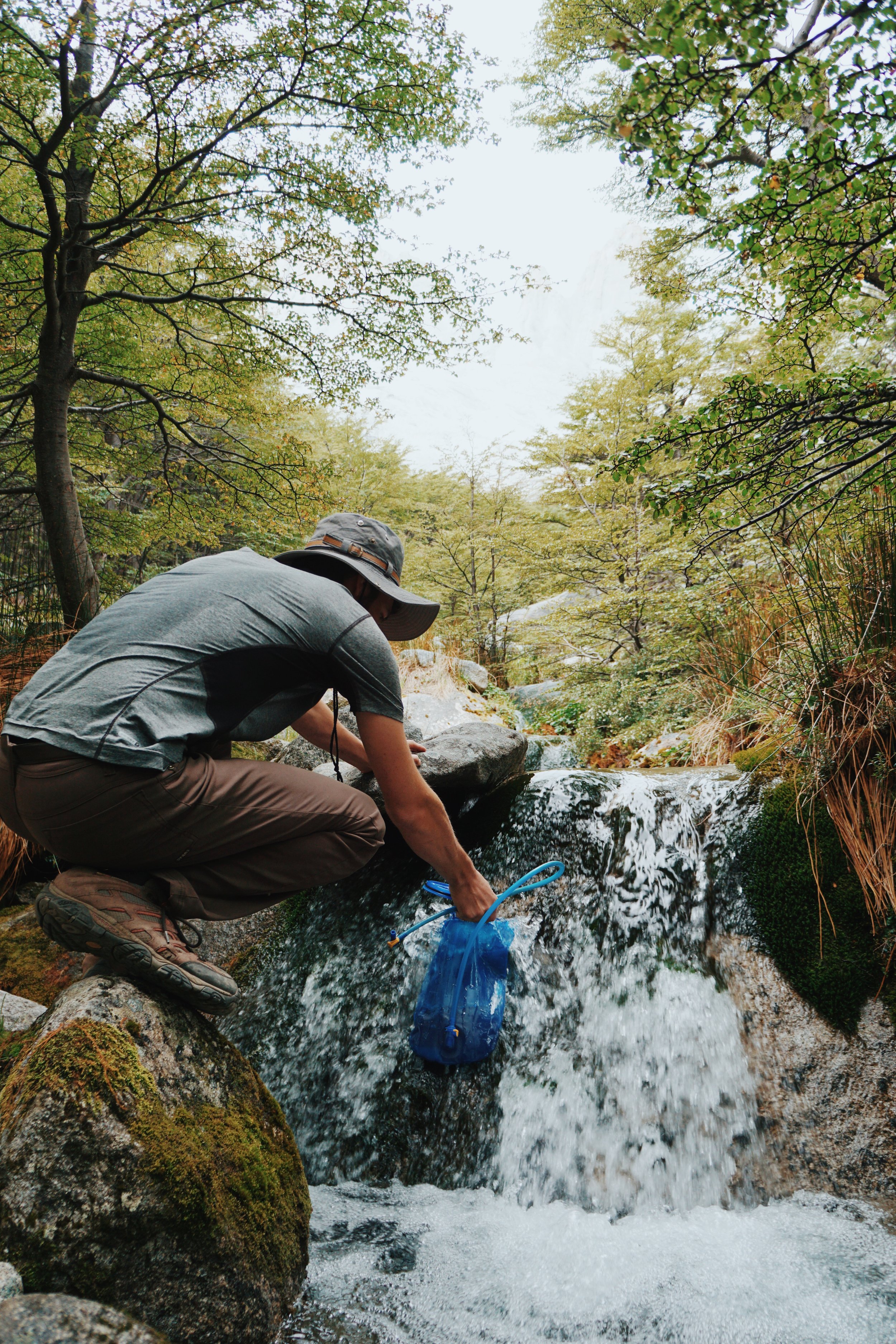
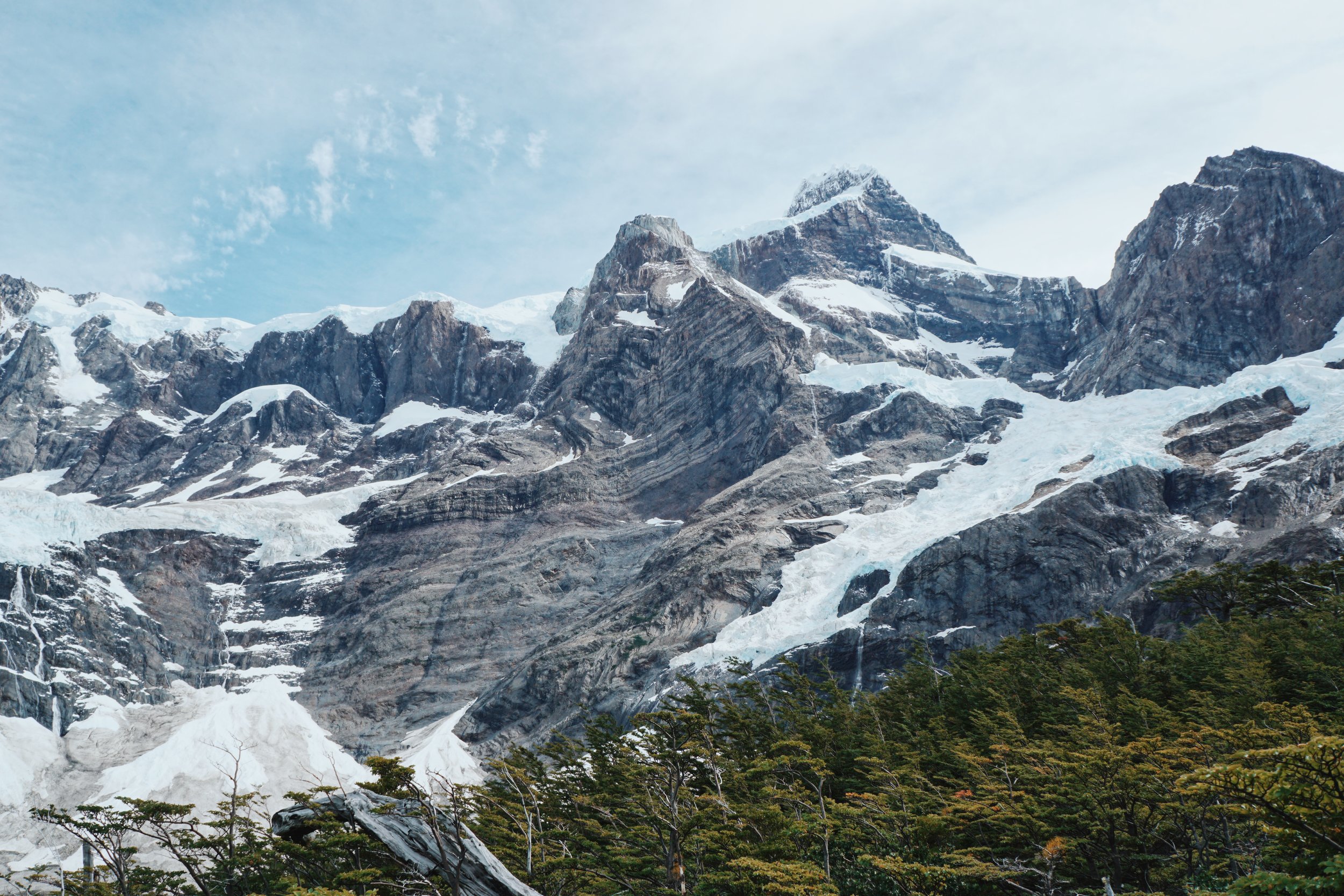
Table of Contents:
1. Duration
2. Difficulty
3. When to Go
4. Accommodation
5. Transportation: Getting There
6. Which Way to Hike
duration
We did it in eight days (seven nights), and I would say this is the minimum amount of time it takes to comfortably hike it. However, if you want to go slower, you can extend the hike by booking more campsites along the way.
difficulty
The hike is of moderate difficulty. There isn’t that much notable elevation gain over the duration of the hike, with the exception of day 4 when you go over a pass (620m elevation gain; 670m descent). You should be of good fitness ability. The trail is very well marked.
Day 4: Going over the pass from Los Perros to Paso.
when to go
Summer is the best time to go; that's December-February in the southern hemisphere. I’ve discussed seasons in my post comparing hiking options.
accommodation
You need to bring your own tent to hike the O-circuit. This should be a high-quality tent, as the weather conditions can be extreme (wind damage and broken/bent poles are almost unavoidable). You need to book campsites as early as possible, up to six-months in advance in high season – see my logistics post for full details and booking links.
transportation: getting there
The main airport people fly into from Santiago is Punta Arenas. SKY Airlines, Jetsmart, and LATAM service this airport.
From Punta Arenas, book a bus from the airport to Puerto Natales on Bus-Sur.
From Puerto Natales to the Torres del Paine park entrance, there are daily buses. These can be booked in Puerto Natales through your accommodation or at a local agency (15,000 CLP, round-trip). After paying the park fees at the entrance (21,000 CLP), you get on another shuttle to Torre Central and the Visitor Information Center; these buses are timed with arrivals from Puerto Natales (3,000 CLP, one-way, buy tickets on the bus).
which way to hike
The O-circuit can only be hiked in one direction: anti-clockwise. Here is a day-by-day breakdown of our recommended campsites; this is the optimal route and incorporates as many of the free campsites as possible. To successfully secure the free campsites, you will need to book as far as six-months in advance for high season (Jan-Feb).
Note: hiking times do not include breaks and should be used as an estimate.
Day 2: Walking into Dickson campsite.
Day 1: Information center – Seron
The shuttle bus will drop you at the visitor’s information center at Torre Central. From here you have an easy day of hiking through relatively flat grassy meadows. The campsite has luke warm showers available (at best).
Distance: 13km; 3-4 hours.
Day 2: Seron – Dickson
You go deeper into the park today, and it starts to feel like you’re in another world. The grass becomes greener, and you’ll get a peek of some epic glaciers. Dickson campsite was our favorite, with an unbeatable view overlooking Dickson Glacier, which is part of the Southern Patagonian Ice Field. Cold showers for the most part.
Distance: 18km; 5-6 hours.
Day 3: Dickson – Los Perros
The day starts with a climb through the forest, which provides a great views along the way. Los Perros was the most underwhelming campsite with regards to scenery, but it has a nice sheltered communal cooking area. Ice cold showers.
Distance: 12km; 3-4 hours.
The view from our tent at Dickson.
Day 4: Los Perros – Paso
Today you will go over the pass (ascent 620m). This is a fairly hard climb, but the trail is well marked and not technical. On the other side of the pass, there is a stunning view of Grey Glacier, which was the best glacier we saw in South America. Paso has the most interesting toilet I have ever encountered; ropes are involved. No showers.
Distance: 7.6km; 4-5 hours.
Day 5: Paso – Paine Grande
The day starts with a decent all the way down to Lago Grey (Grey Lake), which runs parallel to Grey Glacier most of the way. You pass Grey campsite, which is a good spot to take a break and use the very nice toilets. Grey campsite to Paine Grande is a mix of up and down. Paine Grande has full bathroom and shower facilities.
Distance: 17km; 5-6 hours.
Day 6: Paine Grande – Italiano
An easy day of hiking that passes through areas affected by wildfires. Set up camp at Italiano, then do the day hike to Mirador Britanico (10.4km round-trip; 3-4 hours). This was one of the best views we saw in TDP. No showers at Italiano.
Distance: 7.5km; 2-3 hours.
Day 7: Italiano – Torre Central
This day felt extremely long, and this has a lot to do with the constant up-and-down terrain. You follow the lakeside most of the way, and the winds can get extreme (this was the day Matt got swept off his feet!). Good toilets to freshen up in at Cuernos camping. Torre Central camping is located close to the visitor information center where you started the hike.
Distance: 17km; 5-6 hours.
Day 8: Day hike to the Torres
You’ll need to wake up around 4am if you want to do this and catch the earlier (midday, check at info center for bus times) bus back to Puerto Natales. We actually didn’t make it! We woke up at 4am and it was raining, so we thought we’d sleep in a little and wait it out… we ended up starting the hike at 8am and trail running most of the way (not recommended). We almost made it to the viewpoint, but had to turn back about 40 minutes from the top, otherwise we would have missed the bus. Yep, we went to Torres del Paine and didn’t see the famous Torres.
Distance: 20km; 7-8 hrs round-trip.
Note: There is a campsite near the base of the Torres (called Torres Campamento), but this was closed when we visited in February 2018. If possible, I recommend staying here instead of Torre Central.
Questions on planning your trip to Torres? Drop us a comment below or say hello @nutritiontraveller.
Explore the complete torres del paine series:
Post updated on August 9, 2018.

